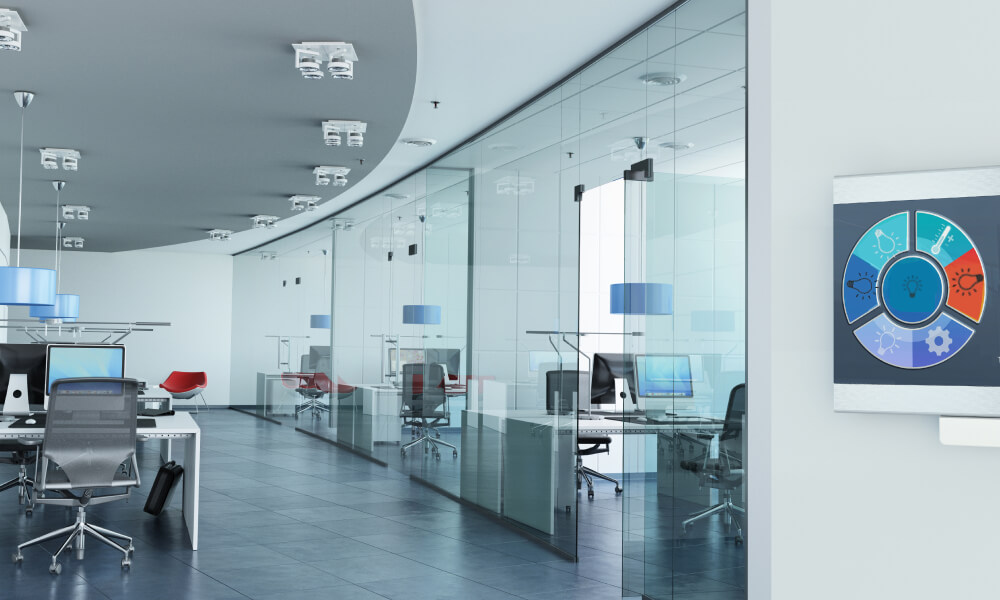Know why the future of the lighting industry is in smart lighting
According to a report published on ReportLinker, the Smart Lighting Market is expected to reach USD 58.57 billion by 2025 from its earlier value of USD 14.23 billion in 2019. This is at a CAGR of 29.30% over the forecast period 2020 – 2025. Globally, the rise in the adoption rate is attributed to two primary reasons- increased sustainable green building initiatives and penetration of technology in everyday life.
If you thought the trend was only worldwide, then the story closer to home, i.e., India, is no different. Let’s share a stat- the smart lighting market size is estimated to be at INR 373.7 billion (USD 52.2 billion) in 2023, as per a report published by Netscribes. This vigorous growth of smart lighting in the country is majorly driven by the millennial generation who are replacing conventional lightings such as incandescent bulbs, halogens, CFLs, etc. with smart energy-efficient LED lights for energy conservation and comfort. Even for business owners, the benefits of the transition to IoT lighting system is driving them to convert conventional structures into smart buildings.
Thus, leading brands like Havells are manufacturing products that once connected with an app through the Wi-Fi or Bluetooth can turn a regular home or office into an intelligent lighting architecture. This simplicity to install and use along with other features confirm the progression of smart lighting towards the future of the illumination industry.
Here are some highlights of the smart lighting-
The new form of lighting is on the verge of making the traditional switches and push-buttons redundant. This is mainly because of the motion sensor attribute that enables lights to automatically switch on and off when one enters a room or an area. The sensor also detects when the space is empty and turns off the lamps, thus reducing the electricity bill.
Another significant feature of the smart lighting devices is the customization factor. It allows adjusting the brightness, warmth, and colour of the bulbs remotely through the app or geofencing to personalize the look before entering the apartment or office space. This modification facilitates work efficiency, business management and even improves life quality as each area can now have a theme depending on the purpose, mood, and the occasion. All this happening with a click of a button system adds to this generation’s comfort level making smart lighting popular.
Sustainable green building initiatives are followed around the world by many businesses. Installing smart lighting with LED bulbs can reduce energy usage by over 50% to 75% for buildings. Such savings are vital when considering switching from regular illuminating arrangement to a smart one. Not only that, an LED has a longer lifespan which reduces the frequency of replacing luminaires, thus saving money, less waste, maintenance and promoting a green environment.
Daylight Harvesting, which means optimal utilization of natural light and reducing artificial light during sunshine, is another benefit of smart lighting. Today, the modern commercial buildings are often designed with a perfect balance of windows with intelligent brightness system that automatically adjusts the brightness according to available natural light. This technique further allows using the lighting at appropriate levels for work or any other activity while also saving energy.
The above reasons prove that the development of smart buildings boosts the adoption of these luminaries, and it is the future of the lighting industry. Click here to check out the product portfolio of Havells to brighten your world with smart lighting products.

